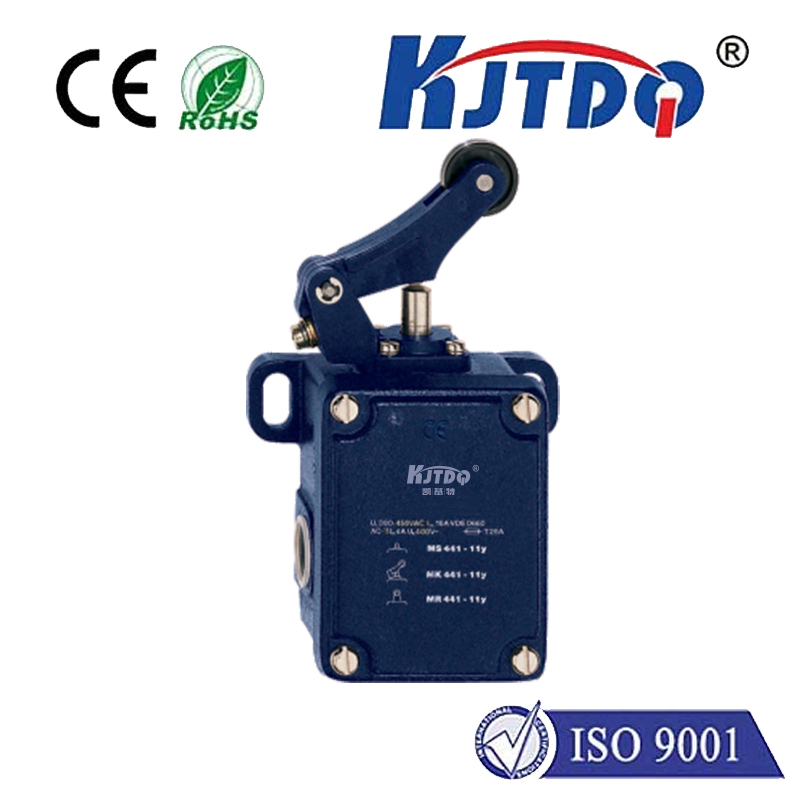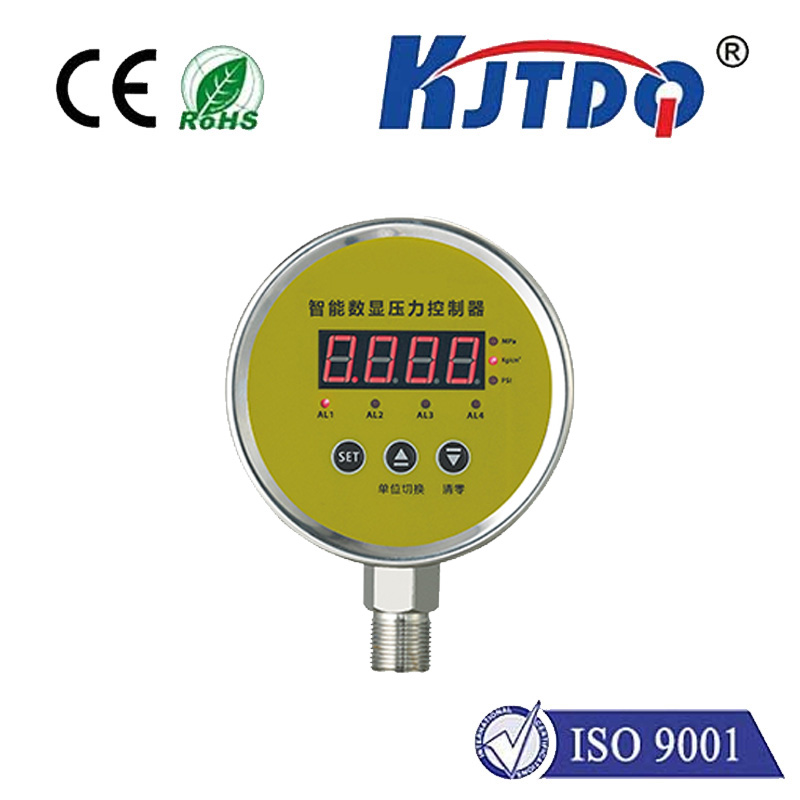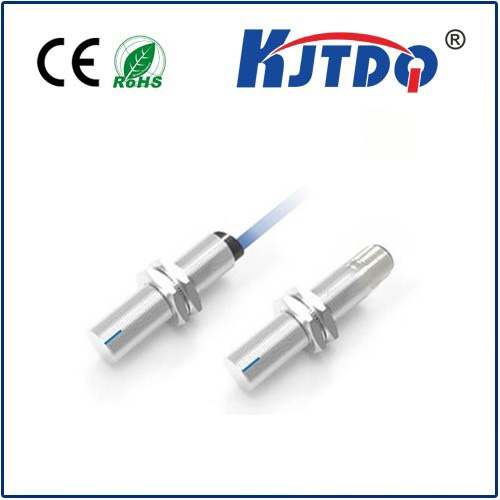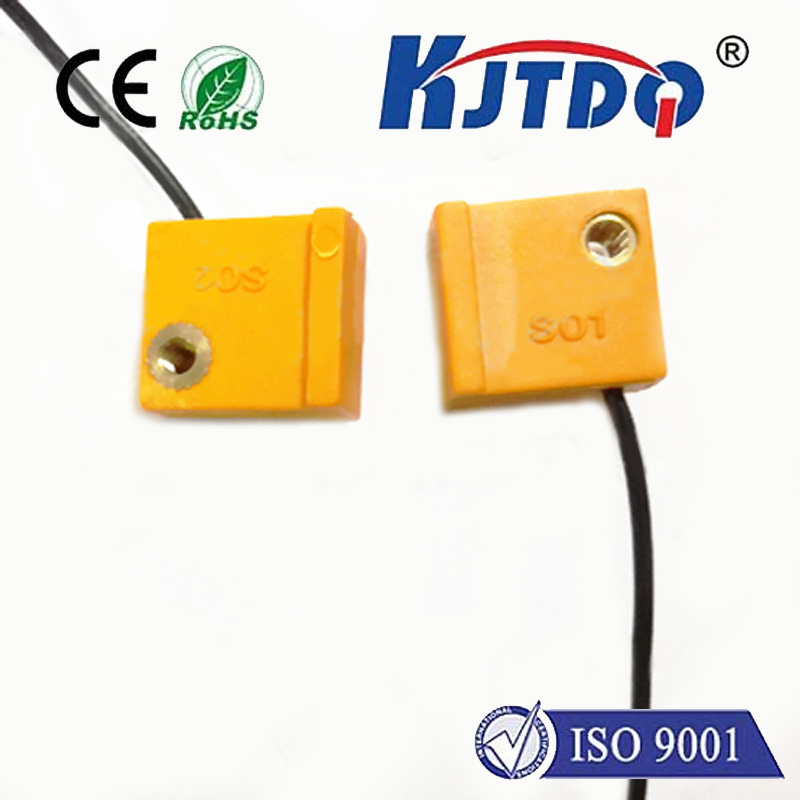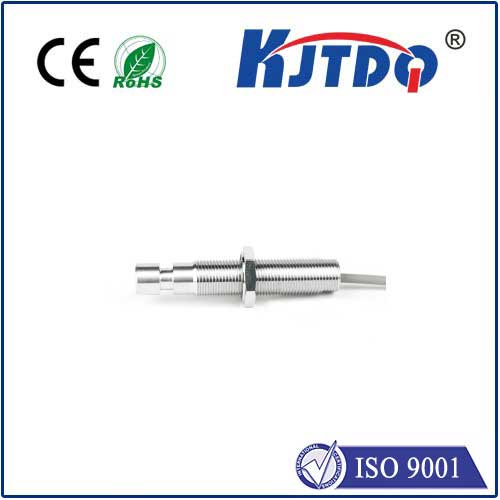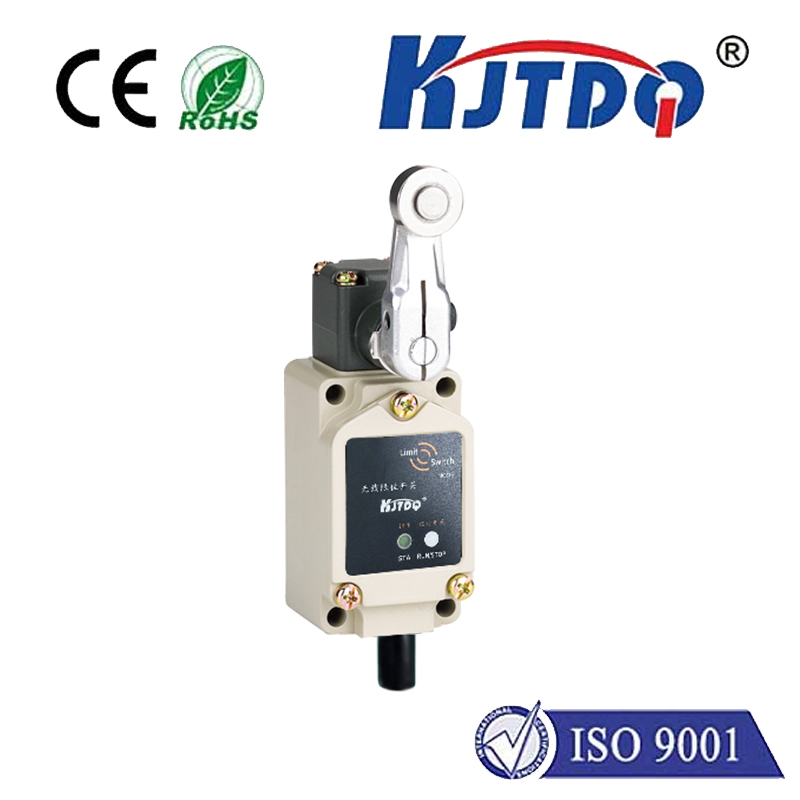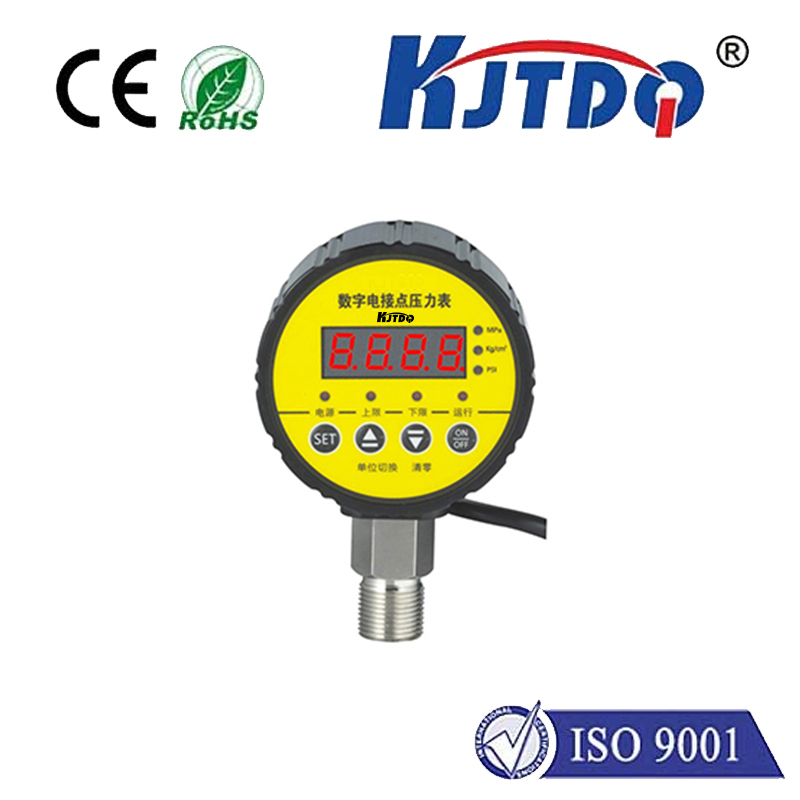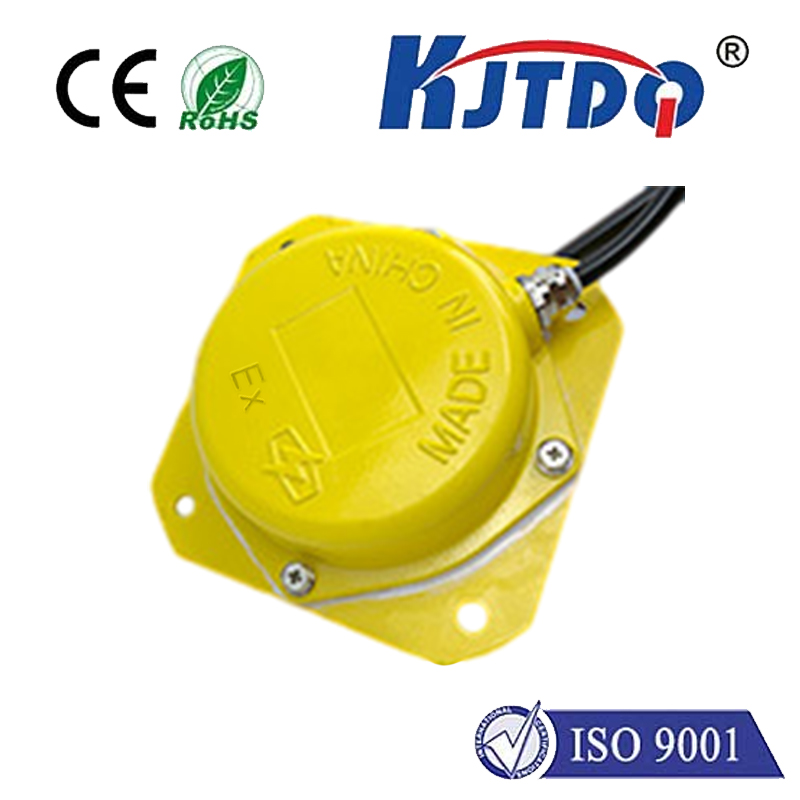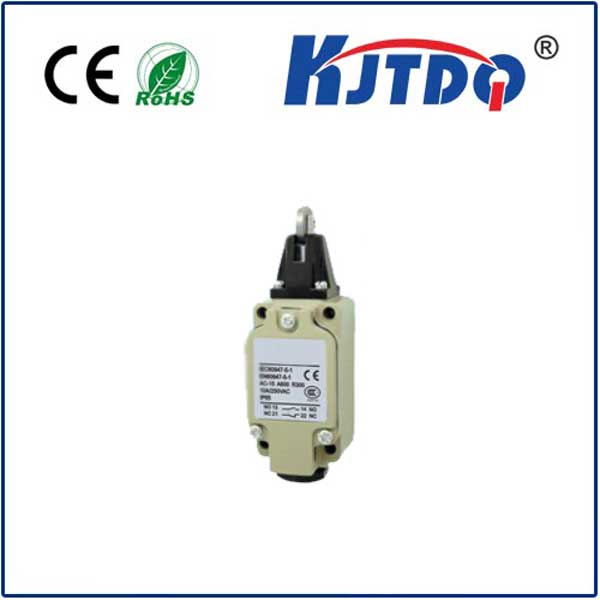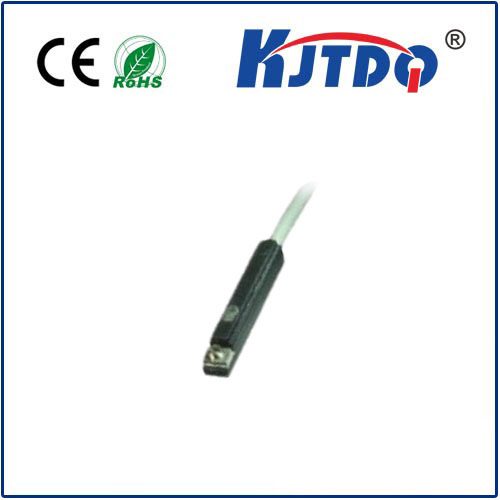

check

check

check

check

check

check

check

check

check

check

Title: The Innovation and Application of Sensor Photoelectric Technology In the realm of modern technology, sensor photoelectric systems have emerged as a revolutionary development, bridging the gap between the physical world and the digital domain. These systems, which convert light into an electrical signal using semiconductor materials, are at the forefront of innovation across various industries. They serve as interactive catalysts in numerous applications including but not limited to industrial automation, security surveillance, environmental monitoring, and healthcare diagnostics. The fundamental principle behind sensor photoelectric technology revolves around the interaction between light and matter. In these sensors, photoelectric effects occur when photons from electromagnetic radiation strike a material, often a semiconductor or metal, causing the emission of electrons. This phenomenon allows the detection of light intensity, frequency, or polarization, enabling the conversion of visual information into measurable electrical signals. As such, these sensors can respond to changes in their optical environments, providing critical data that informs subsequent actions in automated processes. One of the paramount applications of sensor photoelectric technology is in industrial automation. Here, photoelectric sensors play a crucial role in tasks ranging from object detection to color recognition. For instance, they ensure products on conveyor belts are properly spaced and aligned, verify product features like dimensions and colors against pre-programmed settings, or control machinery movement with high precision. Their fast response times and reliability make them indispensable in maintaining efficiency and quality control within manufacturing lines. Security surveillance is another field significantly enhanced by photoelectric sensor technology. High-performance cameras equipped with photoelectric sensors provide superior image clarity even in low-light conditions, ensuring effective monitoring. Additionally, infrared photoelectric sensors bolster perimeter security by detecting motion and heat signatures, allowing for prompt responses to potential intrusions. The integration of this technology into public and private spaces has been instrumental in enhancing safety and loss prevention measures. Environmental monitoring represents a vital application where photoelectric sensors shine by offering real-time analysis of air and water quality. By sensing the presence of pollutants or changes in light scattering due to particulate matter, these sensors aid scientists and environmental agencies in tracking ecological health. Furthermore, they support weather forecasting by measuring atmospheric parameters such as humidity and barometric pressure, thus contributing to more accurate predictions and disaster preparedness. In healthcare diagnostics, the adoption of sensor photoelectric technology is transformative, particularly in non-invasive medical imaging. Photoelectric sensors enable technologies such as Positron Emission Tomography (PET) scanners, which are used in oncology to observe metabolic processes for tumor detection. Similarly, optoelectronic sensors in pulse oximeters measure oxygen saturation levels by detecting changes in light absorption through a patient’s skin – a simple yet powerful tool for patient monitoring. As we look towards the future, the advancement of sensor photoelectric technology continues to promise groundbreaking improvements in efficiency, accuracy, and connectivity across all sectors it touches. Researchers and engineers are tirelessly working to enhance sensitivity, reduce size, and increase integration capabilities, paving the way for smarter devices and systems that can adapt and respond with ever-greater autonomy. In conclusion, sensor photoelectric technology stands as a testament to human ingenuity in leveraging natural phenomena for practical gain. Its versatile applications underscore its significance in our daily lives and its potential to solve some of the most pressing challenges of our time. With ongoing innovations, there is no doubt that this technology will remain a cornerstone of future technological landscapes, continuing to illuminate new paths toward progress.
